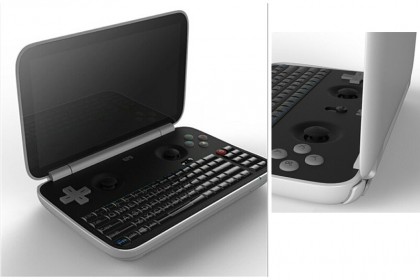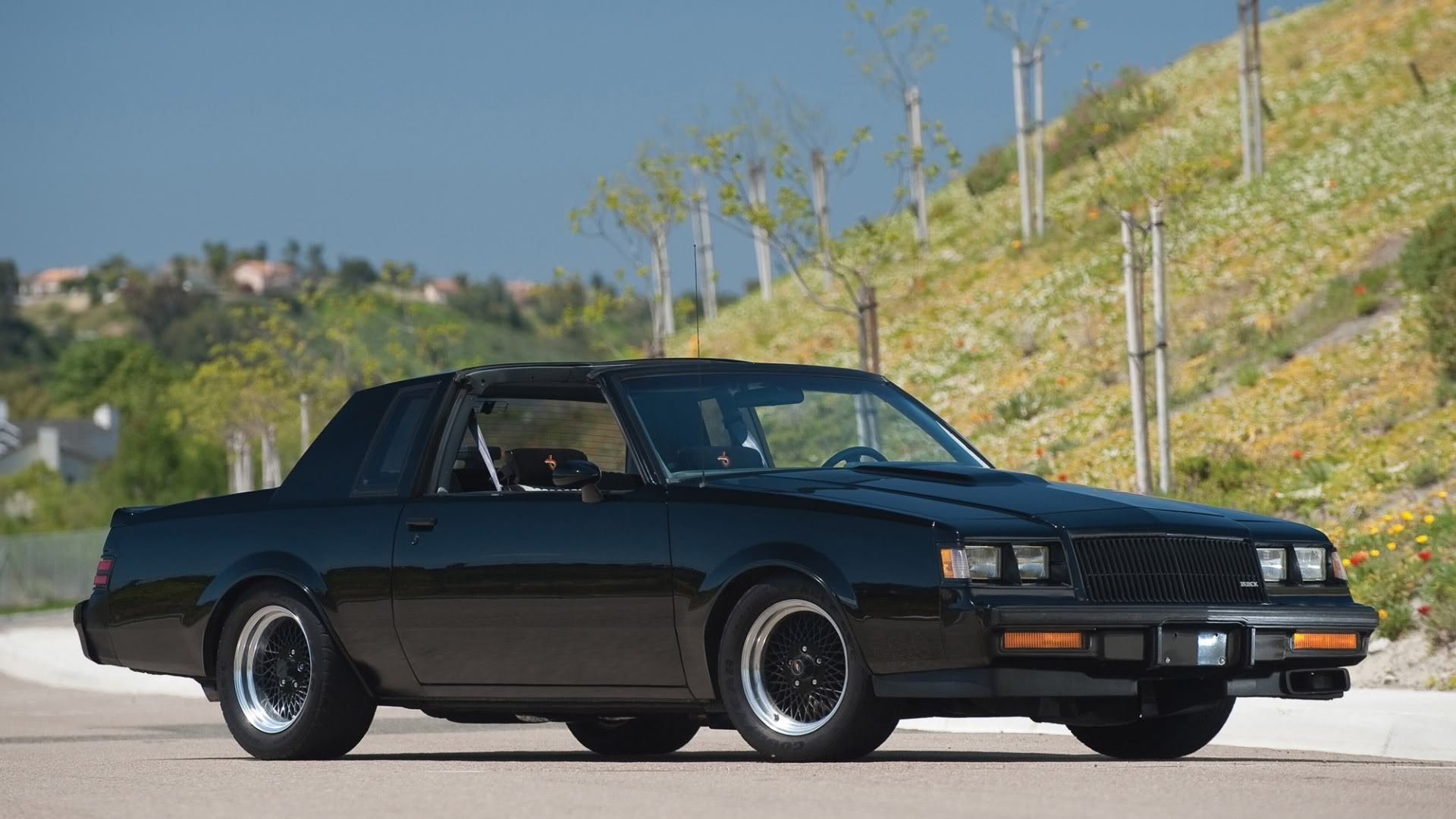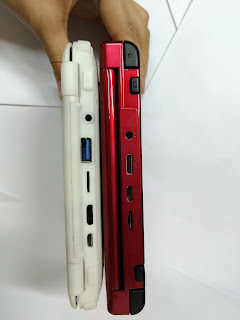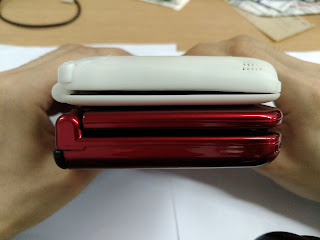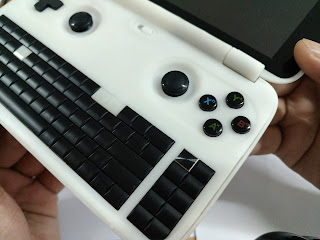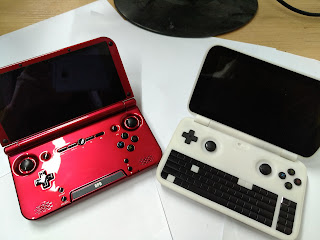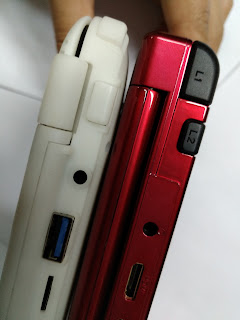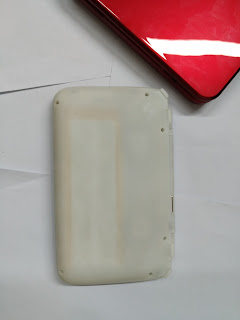I think the issue that _jr_ has isn't what the device does when it gets too hot, but that the device gets too hot in the first place.
There is an expectation among consumers that a computing device rated up to 2GHz will be able to actually run at 2GHz indefinitely. This has certainly been the case for desktop and laptop systems. Those devices have the luxury of space for active cooling solutions, so they have no issue exhausting waste heat efficiently.
But handheld devices are a different story. Cooling options are limited, both by the small size of the device and the fact that since you hold it in your hand, it can't be allowed to get hot on the outside. Up until recently, mobile chips simply weren't powerful enough to generate much heat. But consumer demands for more powerful phones and tablets have created a situation where we have chips generating 2W+ of heat and no way to get rid of it.
The answer is colloquially known as "thermal throttling". It's actually a combination of behaviors to keep the chip at safe temperatures. It starts with only running the chip as fast as is absolutely necessary to process the current processes in a timely manner, and ends with forcibly slowing down if it gets too hot, regardless of the processing demands. This isn't new. Smartphone chips have been doing this for years, but because most people don't overly-stress their phones most of the time, it goes unnoticed.
What consumers need to understand (and manufacturers need to explain) is that a mobile device that slows down due to thermal throttling isn't defective or poorly engineered. It's actually working as intended. Physics is physics, and there is only so much you can do to cool a small device without a fan. Manufacturers aren't being deceptive by quoting boost clock speeds that can only be maintained for short periods - that's why it's called boost. If it was the max stable speed, they'd just call it the speed.



